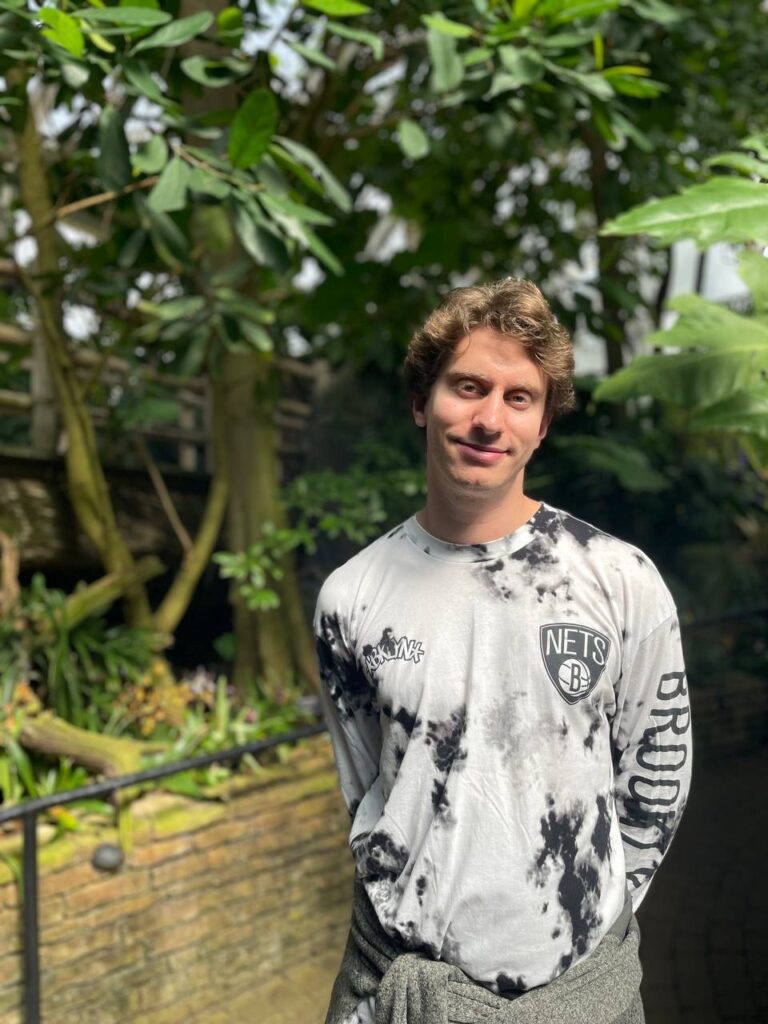
The 3DI group would like to congratulate Alexander Giovannelli for passing his preliminary exam on May 5, 2025!
The abstract of his preliminary document follows:
Collaboration is an essential group action to achieve common goals that, individually, would not be feasible or completed in a timely manner. While collaborative efforts have been a mainstay for various organizations, coordinating availability of individual members in a contributing group across geography and time has become increasingly difficult. This subsequently requires a reliable means to communicate and share information, such that dispersed groups involved can overcome local challenges and benefit from cooperating with distant experts to achieve their respective goals. Extended Reality (XR) technologies have the potential to address these limitations via immersive spaces. Within immersive spaces, referred to as Collaborative Virtual Environments (CVEs), users are embodied via avatars, a digital representation of themselves through which their behaviors are represented and perceivable to other users. The nature of CVEs affords a shared meeting space akin to a real-world counterpart, regardless of the geographic distribution of users. Additionally, the persistence of data within CVEs allows changes that have transpired to remain. This proposal contributes to distinct design considerations for CVEs operating in differing temporal states across three separate projects.
We first examined natural and synthetic visualizations of non-verbal cues during synchronous collaboration on identifying and understanding collaborator reactionary behaviors amidst shared content in a CVE. We found that synthetic visuals are effective for communication during synchronous collaboration, as they are more quickly identified, albeit perceived to be less natural. By combining natural and synthetic visuals, naturalness is preserved and identification performance from standalone synthetic visuals is comparable.
We followed this by investigating the impact of interactivity while observing past contributions via guided tours in CVEs during asynchronous collaboration. We found that interactivity is beneficial to the recall of information and user experience, with a notable importance to provide observers control over their viewport for greater appeal and sense of reward when following a guide. However, we identify the need to investigate the most impactful interactions to include when following a guided tour to bolster learning outcomes and maintain user engagement.
We then explored the benefits and drawbacks of working across all temporal states during the same collaborative task in a CVE. We provide a definition to a newly identified temporal state, bichronous, and designate it as an intermediary state in the collaborative time continuum. We identified that working in the bichronous temporal state should afford independent CVE instances to allow individual user exploration akin to asynchronous work, but providing the ability to quickly talk with a live collaborator to overcome obstacles in task fulfillment. However, asynchronous collaborative work forfeits the ability to support Q&A.
Congratulations Gio!
